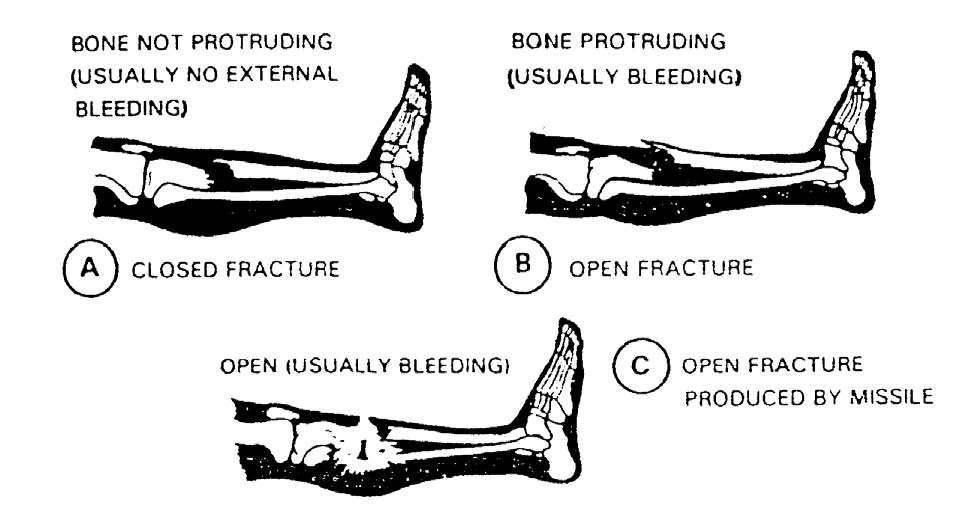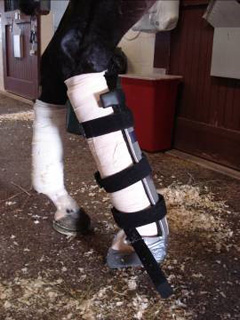

If you have an open fracture your bone breaks through your skin.

Stability of the reduction is assessed by gentle active flexion of the. This is evident clinically and often difficult to appreciate on X-rays.Ī 'closed fracture' (no break in skin) that is clinically complicated by soft tissue injury is correctly termed a 'complex fracture'. Your healthcare provider will classify your fracture as either open or closed. MANAGEMENT Management of finger injuries begins with closed reduction of the fracture or dislocation, if indicated.
Closed fracture vs open fracture skin#
A closed fracture occurs when the bone is broken, but the skin remains intact. For example, it is essential to check for neurological and vascular compromise, which may mean immediate fracture reduction is appropriate prior to imaging.Īn 'open fracture' is any fracture complicated by breach in the adjacent skin. Bone fractures are classified as either open or closed. Soft tissue injuries may be threatening to life or limb, and for this reason thorough clinical examination is required BEFORE obtaining the X-ray. Many bone fractures are complicated by a significant soft tissue injury that the X-ray may or may not show. Complications may also relate to treatment of fractures.

Soft tissue injuries are usually better appreciated on clinical examination than on X-rays.Fractures are often complicated by soft tissue injury which may need to be treated prior to obtaining X-rays.Compartment syndrome threatens limb viability (possibly requiring amputation) and survival. When an open fracture communicates with a joint cavity, special surgical tactics are required. Over the long term, it can cause contractures, sensory deficits, and paralysis. Untreated compartment syndrome can lead to rhabdomyolysis, hyperkalemia, and infection. When a fracture happens, it’s classified as either open or closed: Open fracture (also called compound fracture): The bone pokes through the skin and can be seen, or a deep wound exposes the bone through the skin. In addition to fractures, musculoskeletal injuries include Joint dislocations. Health Conditions and Diseases Fractures What is a fracture A fracture is a partial or complete break in the bone. Most fractures result from a single, significant force applied to normal bone. Risk is high with forearm fractures that involve both the radius and ulna, tibial plateau fractures (proximal tibial fractures that extend into the joint space), or tibial shaft fractures ( 1 Complications references A fracture is a break in a bone. Crush injuries or markedly comminuted fractures are a common cause, increasing tissue pressure as edema develops.

read more : Tissue pressure increases in a closed fascial space, disrupting the vascular supply and reducing tissue perfusion. Open fractures usually take longer to heal and have an increased risk of infections and other complications. If you have an open fracture, your bone breaks through your skin. The earliest symptom is pain out of proportion to the severity of injury. Your healthcare provider will classify your fracture as either open or closed. Compartment syndrome Compartment Syndrome Compartment syndrome is increased tissue pressure within a closed fascial space, resulting in tissue ischemia.


 0 kommentar(er)
0 kommentar(er)
